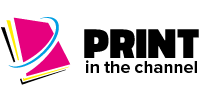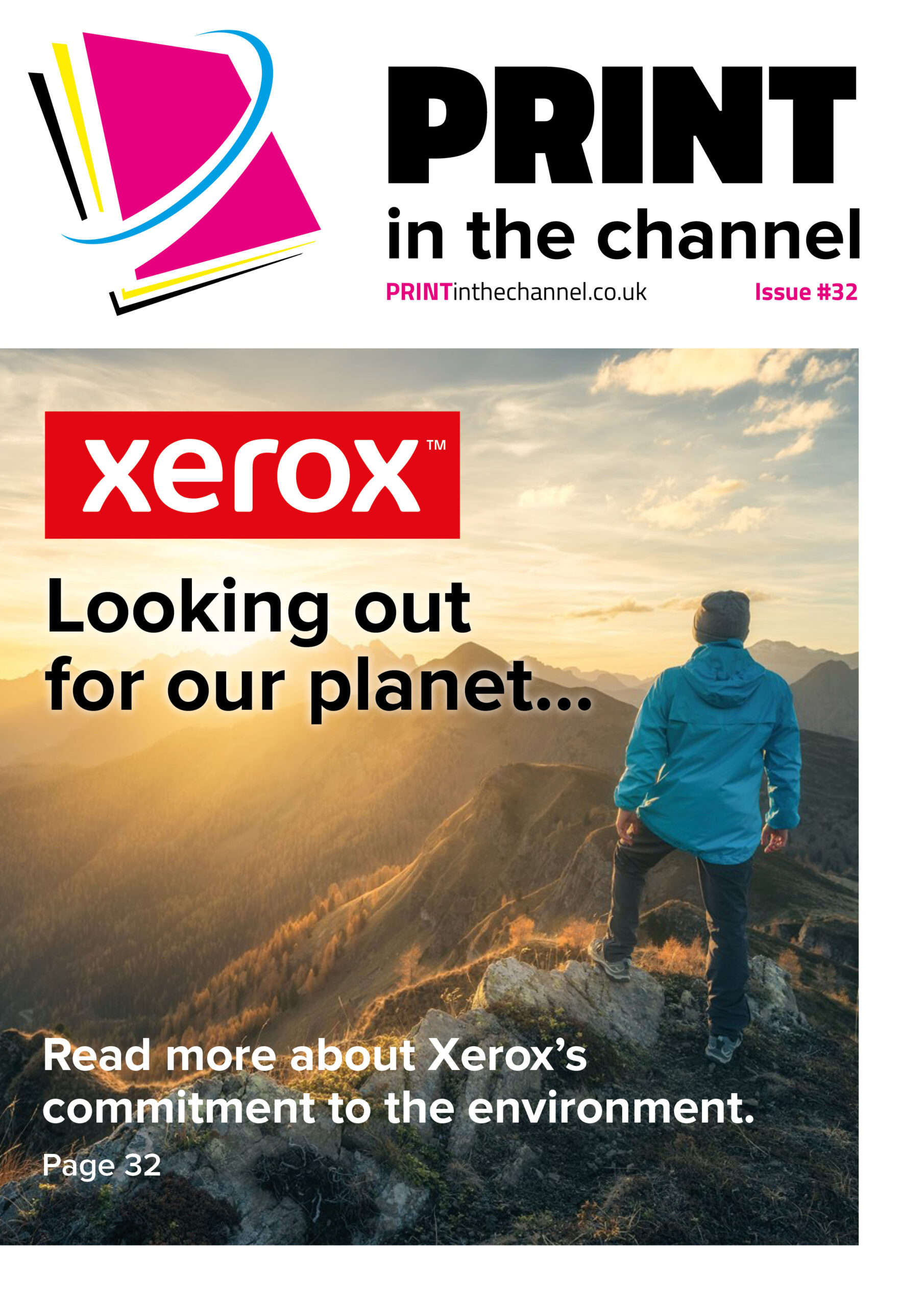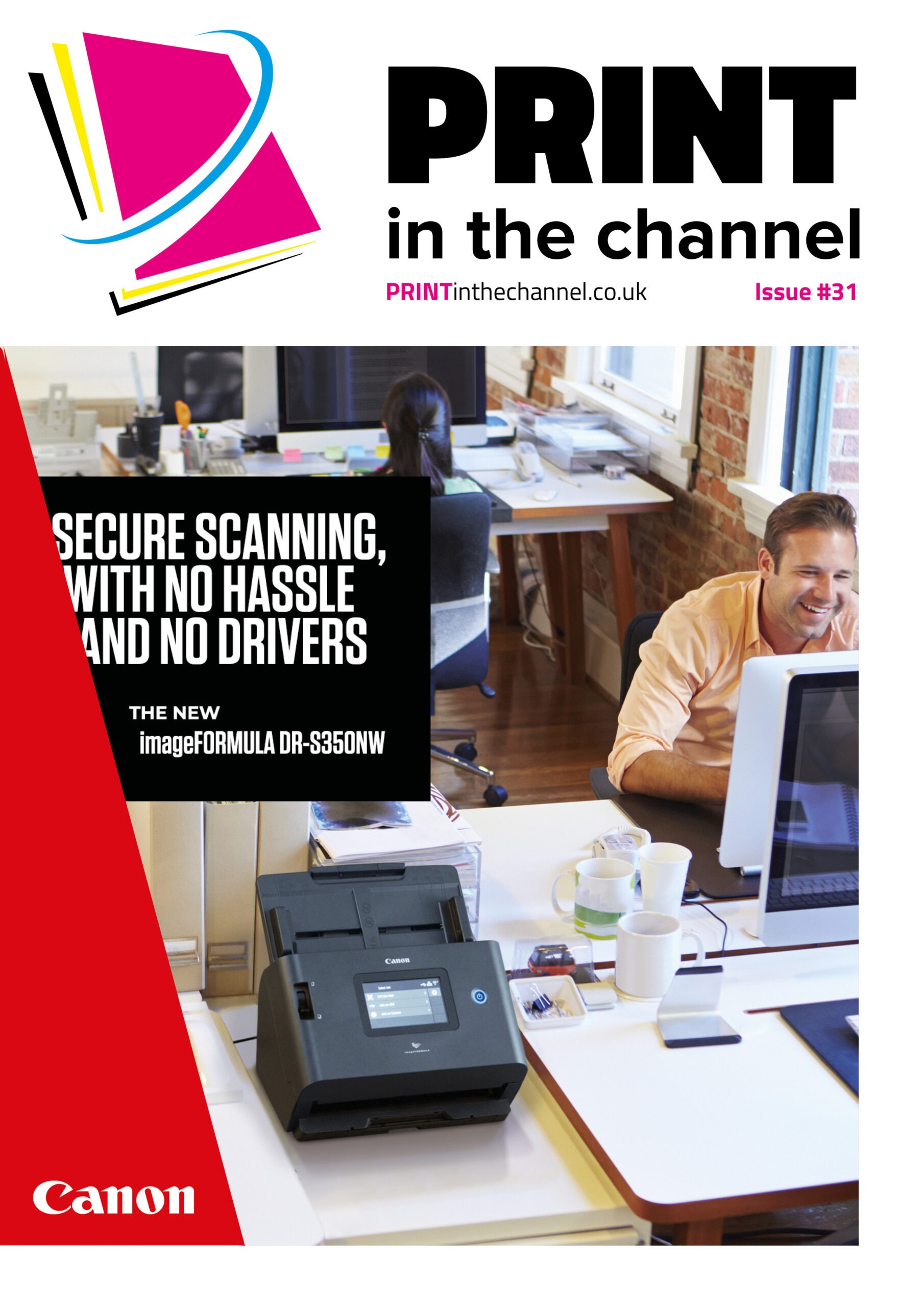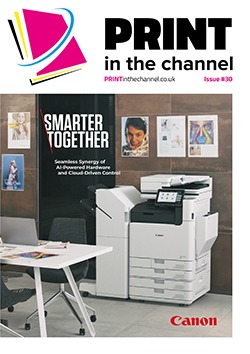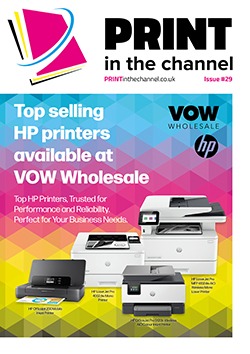For managed print services providers, decreasing print volumes means that some are looking to diversify into providing other services, such as managed IT, to ensure they can keep customers and revenues.
With print volumes still significantly down on pre-COVID levels, managed print services (MPS) providers are increasingly having to diversify their service ranges to ensure they can keep revenues high.
Research by Quocirca in 2024 found that with eight in 10 businesses planning to roll out AI-powered PCs in the next 12 months, many are also looking to refresh their print fleet at the same time.
“This presents an enormous opportunity for MPS providers that can broaden their offering to adjacent IT services and provide customers with AI solutions and advanced services to support the hybrid work environment,” said Louella Fernandes, CEO of Quocirca at the time.
But while there are growing opportunities today, it follows a trend that has been developing for some time. “Over the past 20 years, I’ve watched a clear pattern emerge: as the demand for printed materials has declined, forward-thinking MPS providers have sought to diversify, and managed IT services have become the most logical next step,” says Nathan Charles, head of customer experience at OryxAlign.
“These providers already have strong customer relationships and a trusted presence in the client environment, which gives them a head start. However, that’s where the familiarity ends.”
Nathan adds that MPS providers are moving into IT services now than ever before. “The convergence is largely driven by shrinking print volumes and rising demand for holistic digital infrastructure management,” he says. “MPS providers see IT services as a viable growth path, while some MSPs are cautiously eyeing print as an add-on. However, the shift is more commonly from print into IT rather than the other way around.”
Moving into managed IT
But while more MPS providers are moving into providing managed IT services as well, the move is not easy. “The transition is anything but simple,” says Nathan. “Selling and supporting IT services is a different world. It requires a deeper bench of technical expertise, continuous monitoring tools, cybersecurity acumen and a culture shift from break/fix to proactive management. Barriers include recruiting the right talent, changing operational models, retraining sales teams and earning credibility in a more complex service space.”
Chris Bates, director – print & supplies, UK & Ireland at TD SYNNEX, agrees that while managed print and wider managed services market is growing, it’s not an easy gap to bridge in either direction. “Most of the mature businesses active in both areas are quite focused and specialised and their services are quite mature and sophisticated,” he says.
“While you can see how print might sit with network management and vice-versa, and diversifying in this way would provide a way to expand and grow business, it would take a lot of effort, time and investment to develop and provide a service that would be truly competitive.
“Clearly, the attraction of diversification is that it’s a way of growing the business faster. But, for the reasons already noted, it’s not an easy transition. It’s perhaps something that’s more likely to happen through strategic partnerships or acquisition than organically.
“For an established managed print provider, working with or absorbing an established managed services business would provide instant credibility and an extended customer base. That’s going to be easier than building their own managed services capability and growing it from a standing start.”
Advantages
But while the move into managed IT can be difficult, it can be worth it for the advantages it gives to MPS providers and their customers. “The biggest advantage is customer stickiness,” says Nathan. “Clients increasingly want fewer vendors, tighter integration and a single point of accountability. MPS providers who can offer network support, endpoint security, cloud services, and print management under one umbrella become far more valuable. It also diversifies revenue and provides longer-term contracts with higher margins.”
But managed IT is a crowded marketplace, so when MPS providers make the move, they must provide a point of difference to customers that can ensure they secure IT and print business from customers. “Their unique selling point lies in their existing trust and on-site presence,” says Nathan.
“MPS providers are often already in the building, monitoring devices and engaging regularly. Leveraging that access to proactively assess IT pain points such as security vulnerabilities, patching gaps, or network congestion and offering solutions can open the door to new services. However, they must invest in genuine IT expertise and not simply rebrand without substance. Clients will notice the difference.”
Continuing convergence
Nathan expects that the trend of convergence of MPS and IT services to continue in the future. “The convergence is not just a trend; it’s part of a broader move toward IT consolidation,” he explains. “With hybrid work, security challenges and digital workflows becoming central to business operations, clients want integrated solutions.
“That said, success will depend on how seriously MPS providers commit to becoming IT experts, not just adding logos to a service sheet, but truly investing in the tools, people and processes that define high-performing MSPs.”
Chris adds that in the future, we could see managed print and managed services being offered alongside each other by partners that are relatively small today, but already active in both areas. “Most IT partners are now offering some form of managed service, and they can easily provide a simple managed print option with a ready-to-run offering like our own OpenMPS service,” he adds. “This would provide a route into managed print, but without the effort of full diversification.
“It’s certainly possible that these businesses will continue grow and expand both parts of their business in parallel and for these companies, offering both managed print and managed services side by side will be completely natural.”
